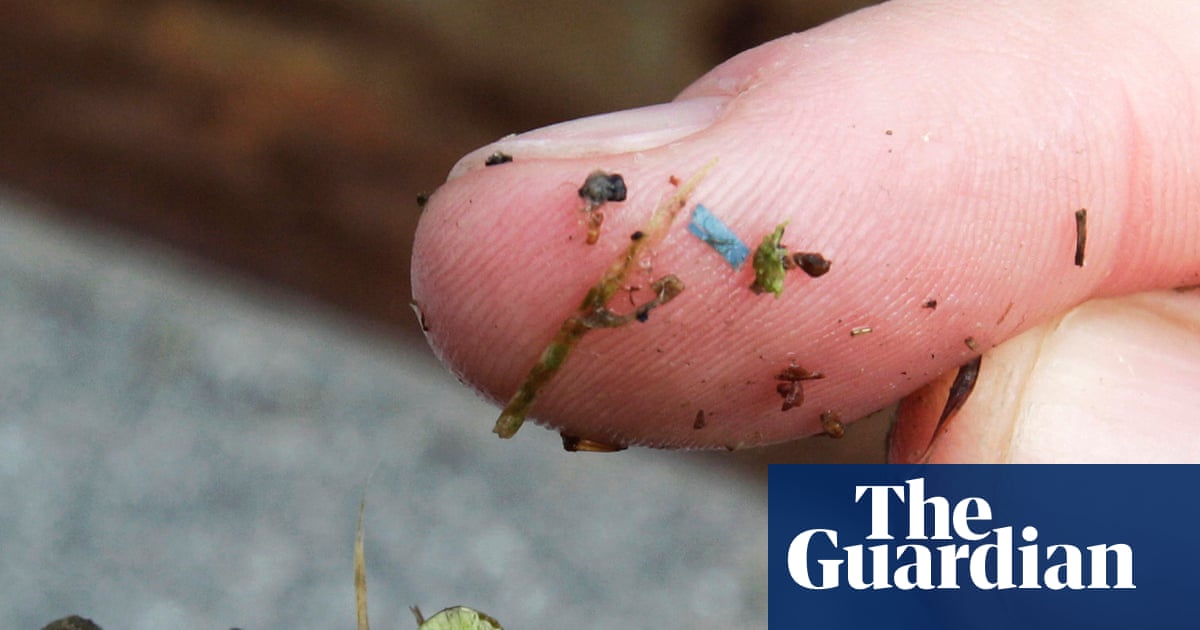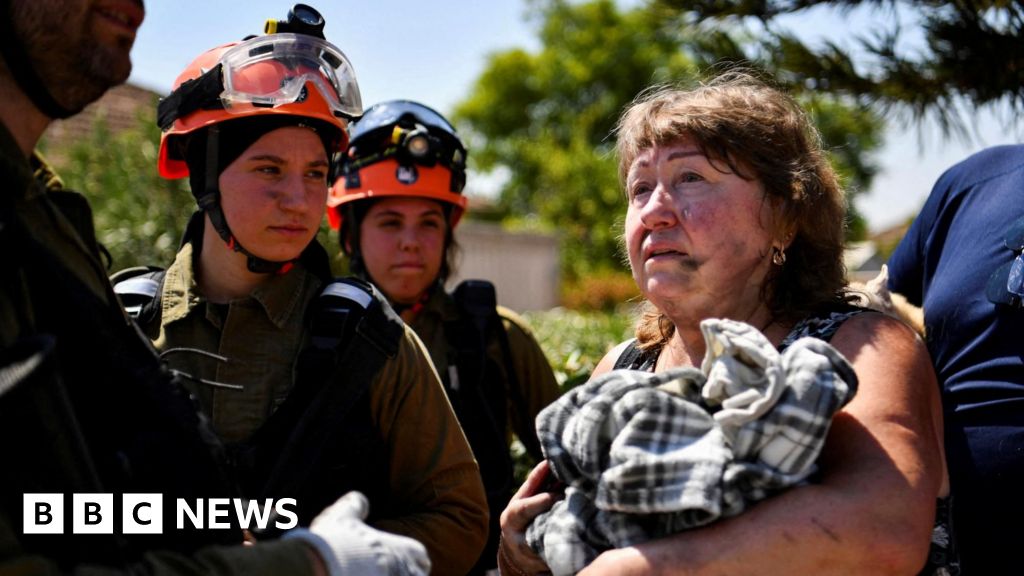Summary: Early exposure to extreme temperatures can impact the brain’s white matter development, particularly in children from poorer neighborhoods. Researchers found that cold during pregnancy and heat in early childhood slowed white matter maturation in preadolescents.
This highlights the vulnerability of developing brains to environmental factors and the need for protective public health strategies. The findings emphasize the importance of addressing climate impacts on children’s health.
Key Facts:
- Early exposure to extreme temperatures affects white matter development.
- Children from poorer neighborhoods are more vulnerable to these effects.
- The study used MRI to analyze brain connectivity in 2,681 preadolescents.
Source: ISGLOBAL
Brain scans of more than 2,000 preadolescents suggests that early life exposure to heat and cold may have lasting effects on the microstructure of white matter in the brain, especially when living in poorer neighbourhoods.
The study, published in Nature Climate Change, highlights the vulnerability of foetuses and children to extreme temperatures.
This research has been led by the Barcelona Institute for Global Health (ISGlobal), a centre supported by the “la Caixa” Foundation, and IDIBELL, in collaboration with the Erasmus University Medical Center Rotterdam (ERASMUS MC) and the Centro de Investigación Biomédica en Red (CIBER): areas of Epidemiology Public Health (CIBERESP), and Mental Health (CIBERSAM).
In the current climate emergency, the impact of extreme temperatures on human health is a major concern for the scientific community and society. Children are particularly vulnerable to temperature changes, as their thermoregulation mechanisms are still immature.
“We know that the developing brain of foetuses and children is particularly susceptible to environmental exposures, and there is some preliminary evidence suggesting that exposure to cold and heat may affect mental well-being and cognitive performance in children and adolescents”, says Mònica Guxens, researcher at ISGlobal, Erasmus MC and CIBERESP.
“However, there is a lack of studies evaluating potential changes in brain structure as a result of these exposures,” she adds.
In this study, a team led by Guxens looked at the white matter structure in the brains of preadolescents to identify windows of susceptibilityto cold and heat exposure in early life.
The analysis included 2,681 children from the Generation R Study, a birth cohort in Rotterdam, who underwent magnetic resonance imaging (MRI) between 9 and 12 years of age.
The MRI protocol assessed brain connectivity by measuring the magnitude and direction of water diffusion within the brain’s white matter. In more mature brains, water flows more in one direction than in all directions, which gives lower values for a marker called mean diffusivity and higher values for another marker called fractional anisotropy.
The research team used an advanced statistical approach to estimate, for each participant, exposure to monthly mean temperatures from conception until 8 years of age, and their effect on these MRI connectivity parameters (mean diffusivity and fractional anisotropy) measured at 9-12 years.
Susceptibility window between pregnancy and age three
The results show that exposure to cold during pregnancy and the first year of life, and exposure to heat from birth until 3 years of age were associated with higher mean diffusivity at preadolescence, pointing to slower white matter maturation.
‘Cold’ and ‘heat’, in this case, are defined as those temperatures that are at the lower and upper end, respectively, of the temperature distribution in the study region.
“The fibres of the white matter are responsible for connecting the different areas of the brain, enabling communication between them. As the white matter develops, this communication becomes faster and more efficient.
“Our study is like a photograph at a particular moment in time and what we see in that image is that participants more exposed to cold and heat show differences in a parameter – the mean diffusivity – which is related to a lower level of maturation of the white matter,” explains Laura Granés, IDIBELL and ISGlobal researcher and first author of the study.
“In previous studies, the alteration of this parameter has been associated with poorer cognitive function and certain mental health problems,” she adds.
“The largest changes in connectivity parameters are observed in the first years of life,” says co-author and IDIBELL, UB and CIBERSAM researcher Carles Soriano. “Our results suggest that it is during this period of rapid brain development that exposure to cold and heat can have lasting effects on the microstructure of white matter.”
No association was found between temperature exposure in early life and fractional anisotropy at 9-12 years. The authors argue that a possible explanation is that these two metrics reflect different microstructural changes, and that mean diffusivity may be a more robust indicator of white matter maturation, compared to fractional anisotropy.
Poorer children more at risk
A stratified analysis by socioeconomic conditions showed that children living in poorer neighbourhoods were more vulnerable to cold and heat exposure. In these children, the windows of susceptibility to cold and heat were similar than those identified in the overall cohort, but started earlier. These differences may be related to housing conditions and energy poverty.
One important mechanism that could explain the effect of ambient temperature on neurodevelopment could be related to poorer sleep quality. Other possible mechanisms include disruption of placental functions, activation of the hormonal axis leading to higher cortisol production, or inflammatory processes.
“Our findings help to raise awareness of the vulnerability of foetuses and children to changing temperatures,” says Guxens. The findings also stress the need of designing public health strategies to protect the most vulnerable communities in the face of the looming climate emergency.
About this neurodevelopment research news
Author: Pau Rubio
Source: ISGLOBAL
Contact: Pau Rubio – ISGLOBAL
Image: The image is credited to Neuroscience News
Original Research: Closed access.
“Cold and heat exposure in early life and white matter microstructure in preadolescents” by Mònica Guxens et al. Nature Climate Change
Abstract
Cold and heat exposure in early life and white matter microstructure in preadolescents
Prenatal life and childhood represent periods that are vulnerable to environmental exposures. Both cold and heat may have negative impacts on children’s mental health and cognition, but the underlying neural mechanisms are unknown.
Here, by a magnetic resonance imaging assessment of 2,681 children from the Netherlands Generation R birth cohort, we show that heat exposure during infancy and toddlerhood as well as cold exposure during pregnancy and infancy are associated with higher mean diffusivity at preadolescence, indicative of reduced myelination and maturation of white matter microstructure.
No associations for fractional anisotropy were observed. Children living in poorer neighbourhoods were more vulnerable to cold and heat exposure.
Our findings suggest that cold and heat exposure in periods of rapid brain development may have lasting impacts on children’s white matter microstructure, a risk that must be considered in the context of ongoing climate change.

Sarah Carter is a health and wellness expert residing in the UK. With a background in healthcare, she offers evidence-based advice on fitness, nutrition, and mental well-being, promoting healthier living for readers.








